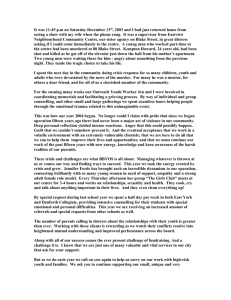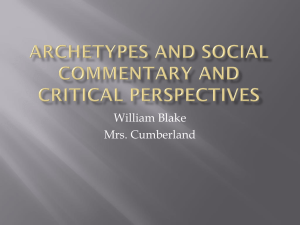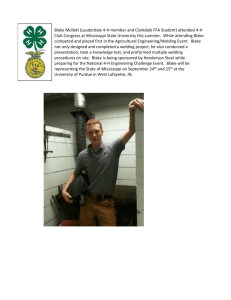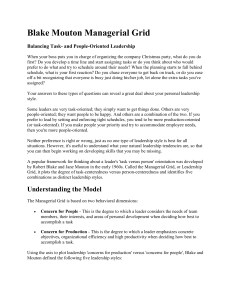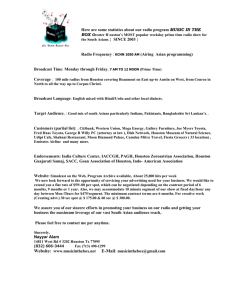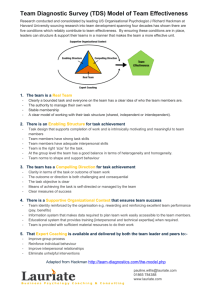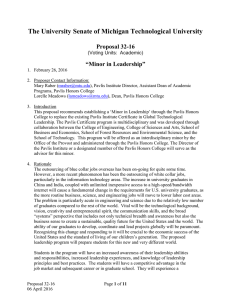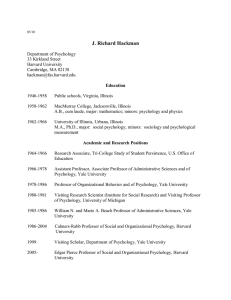BIBLIOGRAPHY ON LEADERSHIP Avolio, B.J, & Gardner, W.L.
advertisement
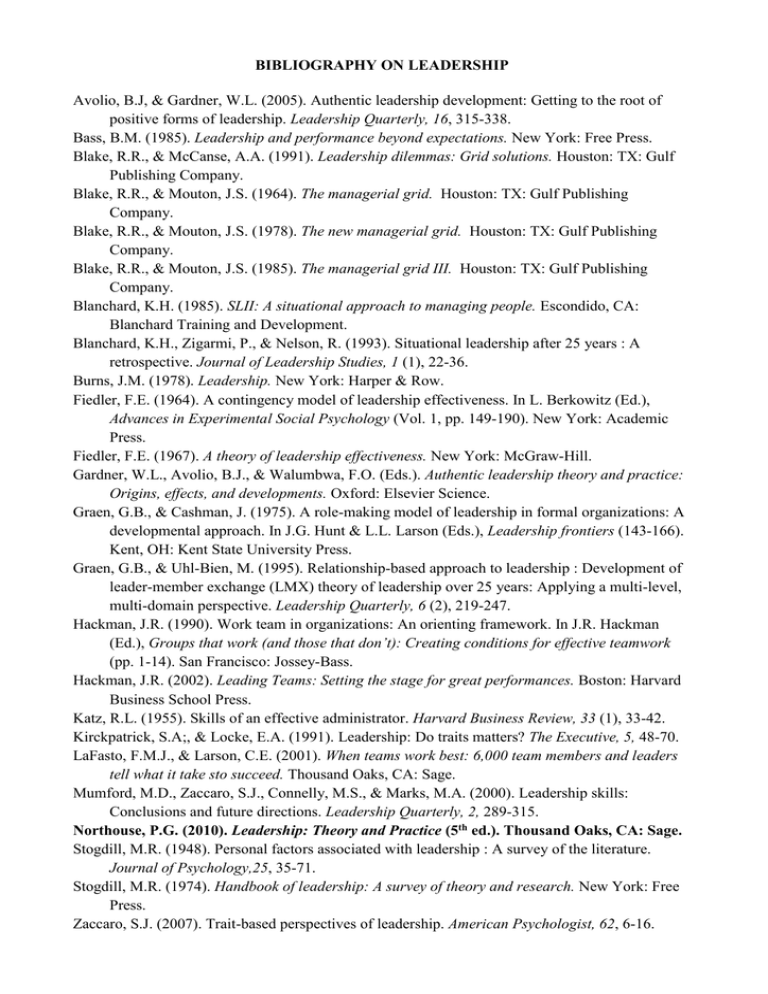
BIBLIOGRAPHY ON LEADERSHIP Avolio, B.J, & Gardner, W.L. (2005). Authentic leadership development: Getting to the root of positive forms of leadership. Leadership Quarterly, 16, 315-338. Bass, B.M. (1985). Leadership and performance beyond expectations. New York: Free Press. Blake, R.R., & McCanse, A.A. (1991). Leadership dilemmas: Grid solutions. Houston: TX: Gulf Publishing Company. Blake, R.R., & Mouton, J.S. (1964). The managerial grid. Houston: TX: Gulf Publishing Company. Blake, R.R., & Mouton, J.S. (1978). The new managerial grid. Houston: TX: Gulf Publishing Company. Blake, R.R., & Mouton, J.S. (1985). The managerial grid III. Houston: TX: Gulf Publishing Company. Blanchard, K.H. (1985). SLII: A situational approach to managing people. Escondido, CA: Blanchard Training and Development. Blanchard, K.H., Zigarmi, P., & Nelson, R. (1993). Situational leadership after 25 years : A retrospective. Journal of Leadership Studies, 1 (1), 22-36. Burns, J.M. (1978). Leadership. New York: Harper & Row. Fiedler, F.E. (1964). A contingency model of leadership effectiveness. In L. Berkowitz (Ed.), Advances in Experimental Social Psychology (Vol. 1, pp. 149-190). New York: Academic Press. Fiedler, F.E. (1967). A theory of leadership effectiveness. New York: McGraw-Hill. Gardner, W.L., Avolio, B.J., & Walumbwa, F.O. (Eds.). Authentic leadership theory and practice: Origins, effects, and developments. Oxford: Elsevier Science. Graen, G.B., & Cashman, J. (1975). A role-making model of leadership in formal organizations: A developmental approach. In J.G. Hunt & L.L. Larson (Eds.), Leadership frontiers (143-166). Kent, OH: Kent State University Press. Graen, G.B., & Uhl-Bien, M. (1995). Relationship-based approach to leadership : Development of leader-member exchange (LMX) theory of leadership over 25 years: Applying a multi-level, multi-domain perspective. Leadership Quarterly, 6 (2), 219-247. Hackman, J.R. (1990). Work team in organizations: An orienting framework. In J.R. Hackman (Ed.), Groups that work (and those that don’t): Creating conditions for effective teamwork (pp. 1-14). San Francisco: Jossey-Bass. Hackman, J.R. (2002). Leading Teams: Setting the stage for great performances. Boston: Harvard Business School Press. Katz, R.L. (1955). Skills of an effective administrator. Harvard Business Review, 33 (1), 33-42. Kirckpatrick, S.A;, & Locke, E.A. (1991). Leadership: Do traits matters? The Executive, 5, 48-70. LaFasto, F.M.J., & Larson, C.E. (2001). When teams work best: 6,000 team members and leaders tell what it take sto succeed. Thousand Oaks, CA: Sage. Mumford, M.D., Zaccaro, S.J., Connelly, M.S., & Marks, M.A. (2000). Leadership skills: Conclusions and future directions. Leadership Quarterly, 2, 289-315. Northouse, P.G. (2010). Leadership: Theory and Practice (5th ed.). Thousand Oaks, CA: Sage. Stogdill, M.R. (1948). Personal factors associated with leadership : A survey of the literature. Journal of Psychology,25, 35-71. Stogdill, M.R. (1974). Handbook of leadership: A survey of theory and research. New York: Free Press. Zaccaro, S.J. (2007). Trait-based perspectives of leadership. American Psychologist, 62, 6-16.

